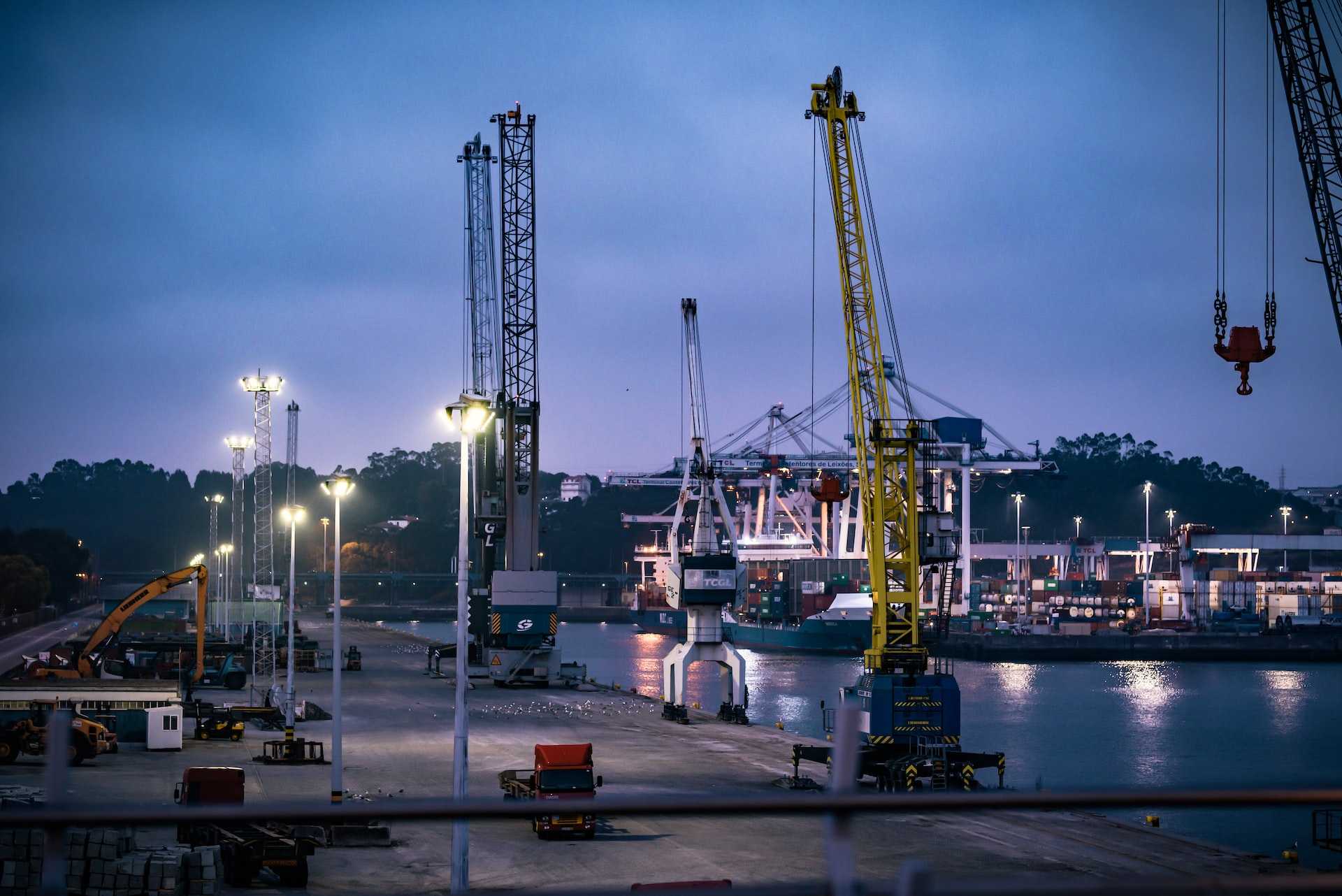A global, asset-light, fully integrated company, Delta Corp Holdings is engaged in transportation/logistics services, asset management and servicing the maritime industry supply chain.

Headquartered in London, our holding company oversees a network of offices in 10 countries throughout Europe, the Middle East and Asia. We currently operate through three subsidiaries: Bulk Logistics, Energy Logistics, and Asset Management for logistic assets. We believe our integrated operations provide us with competitive advantages that allow us to maximize our market position, and that our business offers unrivaled scalability within the maritime and logistics industry.
As global trade patterns transform due to economic shifts and use of technology, Delta seeks to navigate high-growth and niche markets with an adventurous spirit of discovery. Learn more about our subsidiaries:
Facilitating international trade between the world's major economies as well as emerging markets.
Bulk logistics >>
